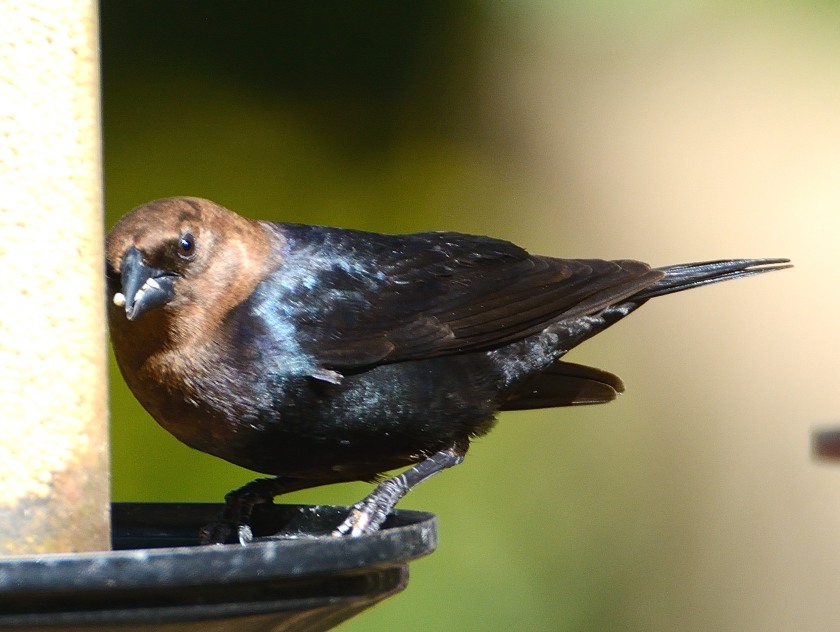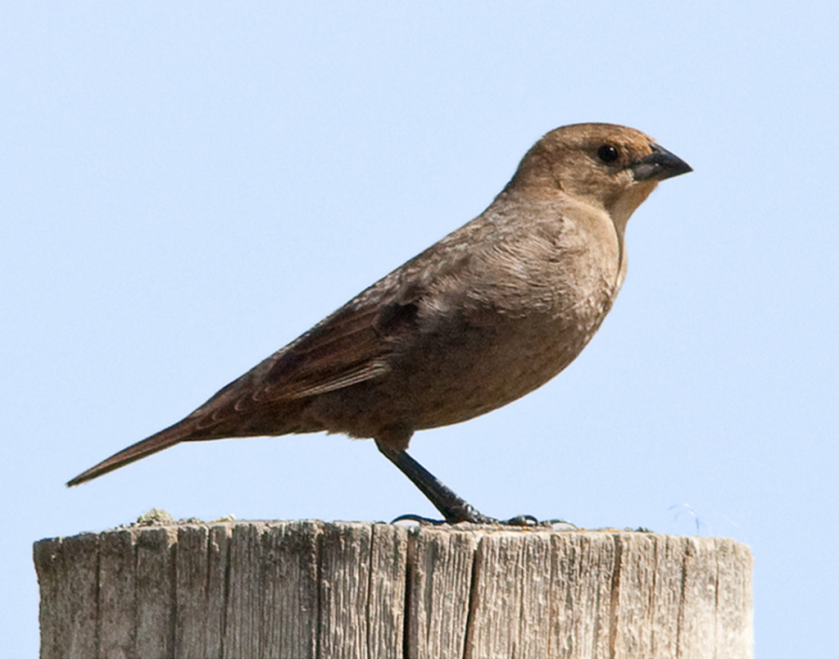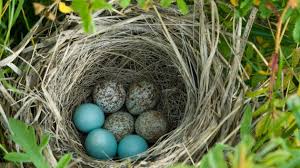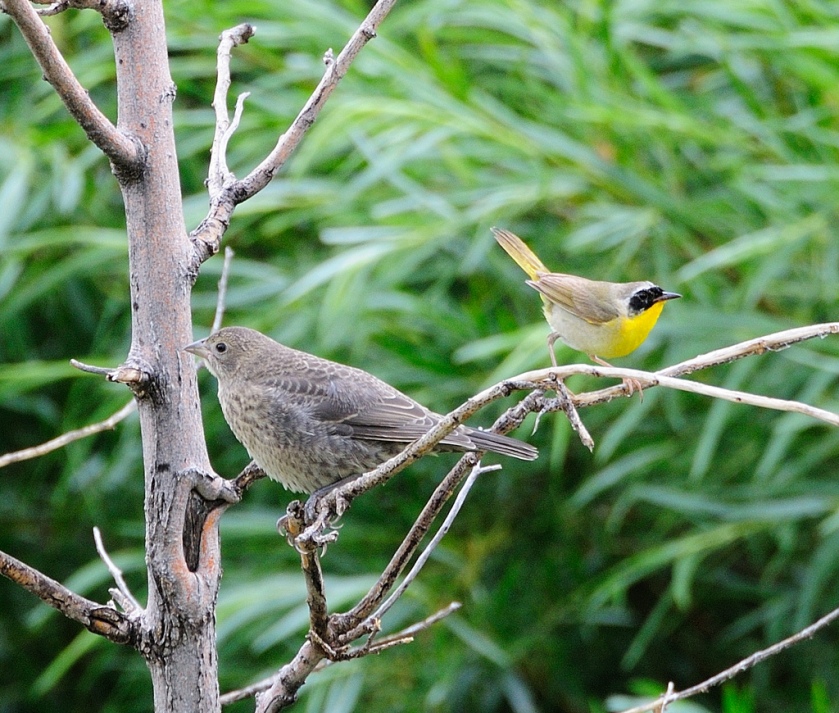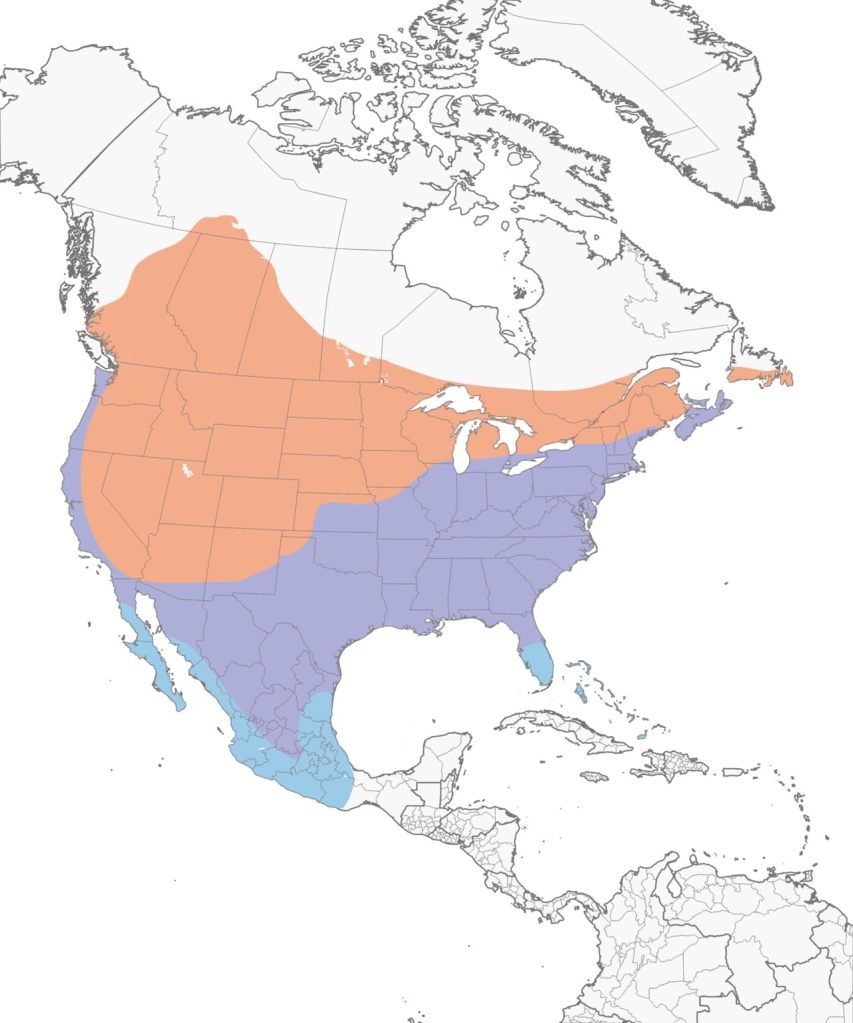Sunday February 18, 2024 8:00am – 5:00 pm
Great Backyard Bird Count
Location: Various locations around Seabrook Island
Max: 20 No cost to members, $10 to non-members
Connect to Birds, to Nature, and with Each Other! Birds are everywhere, all the time, doing fascinating things. Join Audubon and SIB, February 16–19, 2024, when the world comes together for the love of birds.
Check SeabrookIslandBirders.org/bird-walks/ to also register for:
– Learning Together on North Beach – Friday February 16, 2024
– Learning Together on Crooked Oaks Golf Course – Monday February 19, 2024
You can also do your own birding and submit your findings. This birding can be any time (and as many times) between 12:01am February 16 through 11:59pm February 19. Audubon gives the following steps:
Step 1 – Decide where you will watch birds.
Step 2 – Watch birds for 15 minutes or more, at least once over the four days, February 16-19, 2024.
Step 3 – Count all the birds you see or hear within your planned time/location and use the best tool for sharing your bird sightings (either Merlin or eBird). If you use eBird, “share” your eBird list with SIBeBird so we can compile a list for all of Seabrook. If you don’t use eBird, please answer the question below requesting a form you can write into, deliver to SIB and SIB will enter into eBird.
SIB’s organized GBBC activities are on Sunday.
Sunday February 18, 2024 8:00am – 5:00 pm
Great Backyard Bird Count
Location: Various locations around Seabrook Island
Max: 20 No cost to members, $10 to non-members
Join us in participating in Audubon’s Great Backyard Bird Count. The day will involve walks at various locations throughout the day. The schedule below allows for individuals to sign up for a portion of the day if the whole day is not of interest. We request you register for all sections you will be attending so we know if we should wait for you at any individual location.
Between locations listed below and as time permits, we’ll stop by members’ yards to see what they have at their feeders. Unfortunately, these will be unscheduled visits since duration of each location below needs to be somewhat flexible based upon what’s being seen. We do provide you an opportunity to enter your address if you’d like us to include you on our list.
– Maintenance Area /Equestrian Center 8:00-9:30 am
We’ll start at the Garden Parking Lot. We will walk through the Club Maintenance area and look over the fence to the retention ponds of the Water Treatment Facility. In this area we hope to see Hooded Mergansers, Buffleheads, Ruddy Ducks and songbirds and sparrows. From there, we will walk along the horse trail (or drive) to the Equestrian Center to see Starlings and Cowbirds plus numerous other birds that can be expected there.
– Palmetto Lake 10:00 – 11:30 am
Join us to explore the birds around the Lake House and the walks of Palmetto Lake. This is less than one mile of flat, paved walk around the lake.
– Bobcat Trail and Six Ladies Trail – 1:00-2:30 pm
We will meet at the Owners parking lot near Boardwalk 1 and proceed to Bobcat Trail then Six Ladies Trail and back to the parking lot. This walk provides a variety of habitats for our viewing pleasure. The Six Ladies Trail is over uneven terrain but those uncomfortable with that portion can return to the parking lot upon the completion of the Bobcat Trail portion.
– Jenkin’s Point 3:00-5:00 pm
We will be exploring the birds seen along Jenkins Point lagoons and streets, including ducks, wading birds and shorebirds. Since this event will be primarily by car, it is appropriate for members with mobility issues. You could join us on your bicycle if you wish.
For all events, bring sun block, bug spray, a hat, water, snacks and binoculars.
If you are not yet a SIB member, you must first become a member for $15 by following the instructions on our website: https://seabrookislandbirders.org/contact/join-sib/, or you may join each session for a single Guest Fee of $10 per person.
Once you are a member, please register to let us know which portions you plan to attend no later than Thursday, February 16, 2024. All registrants will receive a confirmation letter on Friday, February 17, 2024.



